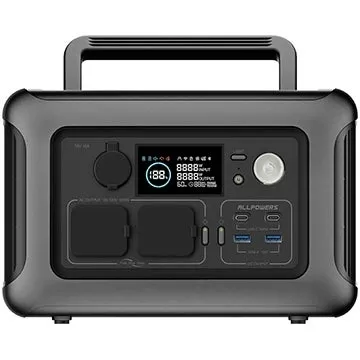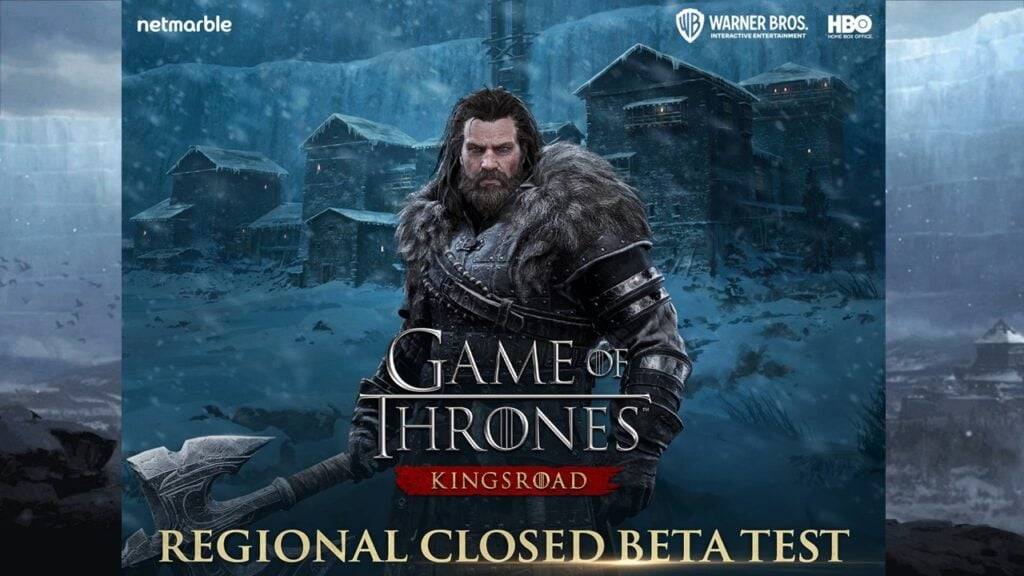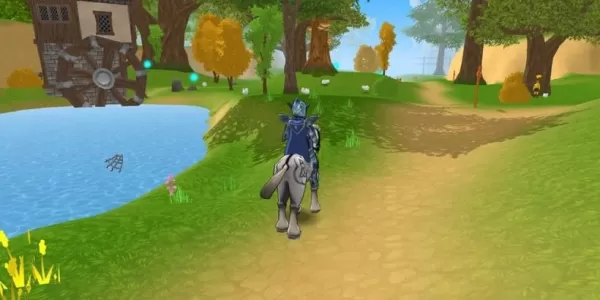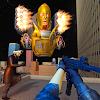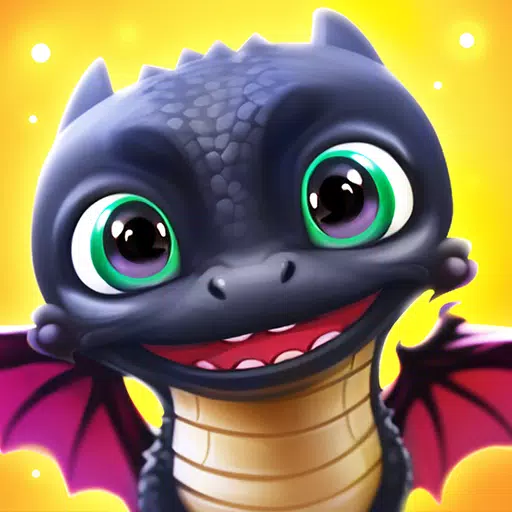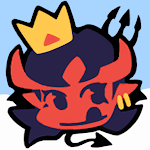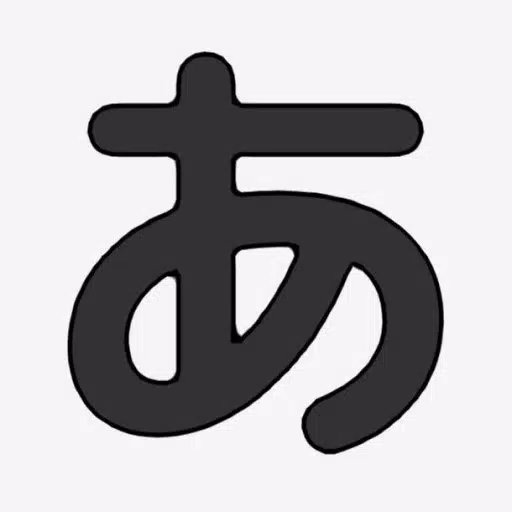Mario & Luigi: Brothership Could Have Been "Edgier" But Nintendo Said No
The beloved plumber brothers, Mario and Luigi, almost took a turn towards a more rugged and edgier look in their latest game, Mario & Luigi: Brothership, but Nintendo decided against it. Let's delve into how the art direction evolved for this exciting new title!
Experimenting With Different Styles
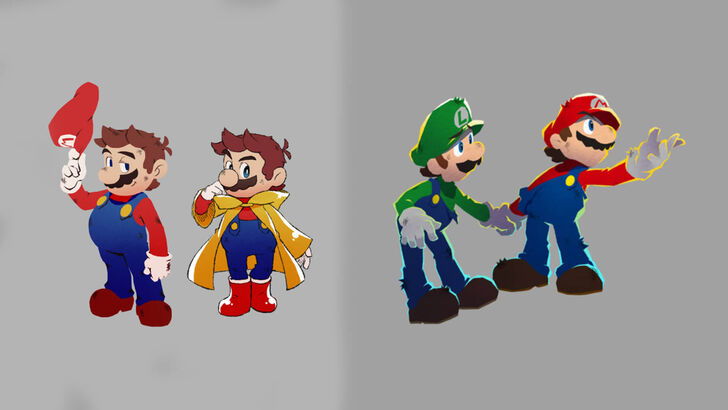 Image from Nintendo and Acquire
Image from Nintendo and Acquire
In an insightful Ask the Developer article published on the Nintendo website on December 4th, the developers from Acquire, who worked on Mario & Luigi: Brothership, revealed that the iconic duo was initially designed to be edgier and more rugged. However, Nintendo felt that this direction strayed too far from the established identity of Mario and Luigi.
The interviewed developers included Akira Otani and Tomoki Fukushima from Nintendo’s Entertainment Planning & Development Department, and Haruyuki Ohashi and Hitomi Furuta from Acquire. Their goal was to create "3D visuals that would bring out the unique appeal" of the series, distinguishing it from other Mario games. This led them to explore various styles, resulting in an edgier version of Mario and Luigi.
Designer Hitomi Furuta humorously recounted, “And in our search for a new Mario & Luigi style, at one point we ended up trying to present an edgier, more rugged Mario instead…” After presenting this version, they received feedback from Nintendo, emphasizing the importance of maintaining the recognizable Mario and Luigi identity. A meeting was convened to reassess the direction, guided by a document from Nintendo detailing what defines the series. Furuta reflected, “Although we'd enthusiastically pitched this rugged version of Mario, when I considered it from a player's perspective, I started to worry about whether it really represented the Mario that players would want to play.” With Nintendo’s guidance, they found their path forward.
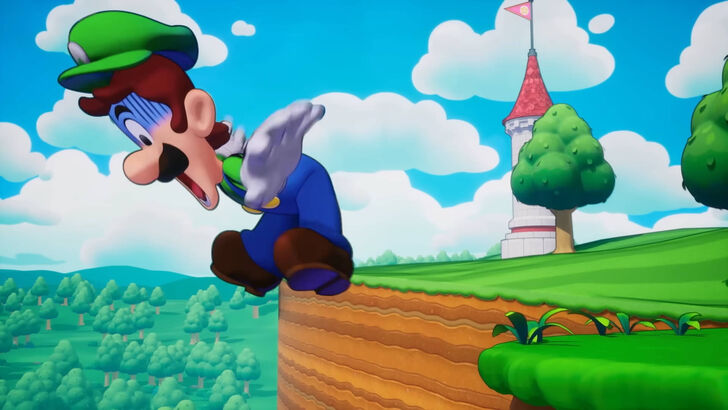
The team eventually focused on merging the appeal of illustrations with solid outlines and bold, black eyes, alongside the charm of pixel animations showing the characters moving comically in all directions. Furuta explained, “We were able to narrow down our focus to how we could combine two things: the appeal of illustrations featuring, for example, solid outlines and bold, black eyes, and the charm of pixel animations depicting the two characters moving around comically in all directions. I think that's when we finally started to develop an art style that's unique to this game.”
Akira Otani from Nintendo added, “While we wanted Acquire to have their own unique style, we also wanted them to preserve what defines Mario. I think it was a period when we were experimenting with how those two things could coexist.”
A Challenging Development
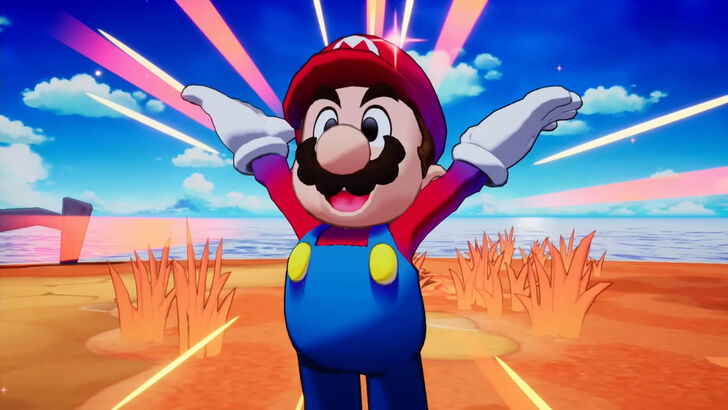
Acquire, known for their work on less colorful and more serious games like the JRPG Octopath Traveler and the Way of the Samurai series, faced unique challenges developing a game for a globally popular IP like Mario. Furuta admitted, "If the team were left to their own devices, they would subconsciously move toward heavier directions akin to darker RPGs." Working with a beloved franchise like Mario was a new experience for them.
Despite these challenges, the collaboration proved fruitful. Furuta noted, "Although we were still getting to grips with the mood in the Mario & Luigi series, we decided on this direction so we wouldn't forget that it's a stage for fun, chaotic adventures. This doesn't only apply to the game's world, but we learned a lot from Nintendo's unique design perspective about making things easier to see and understand. The world turned out brighter and easier to play due to the insights we gained."

